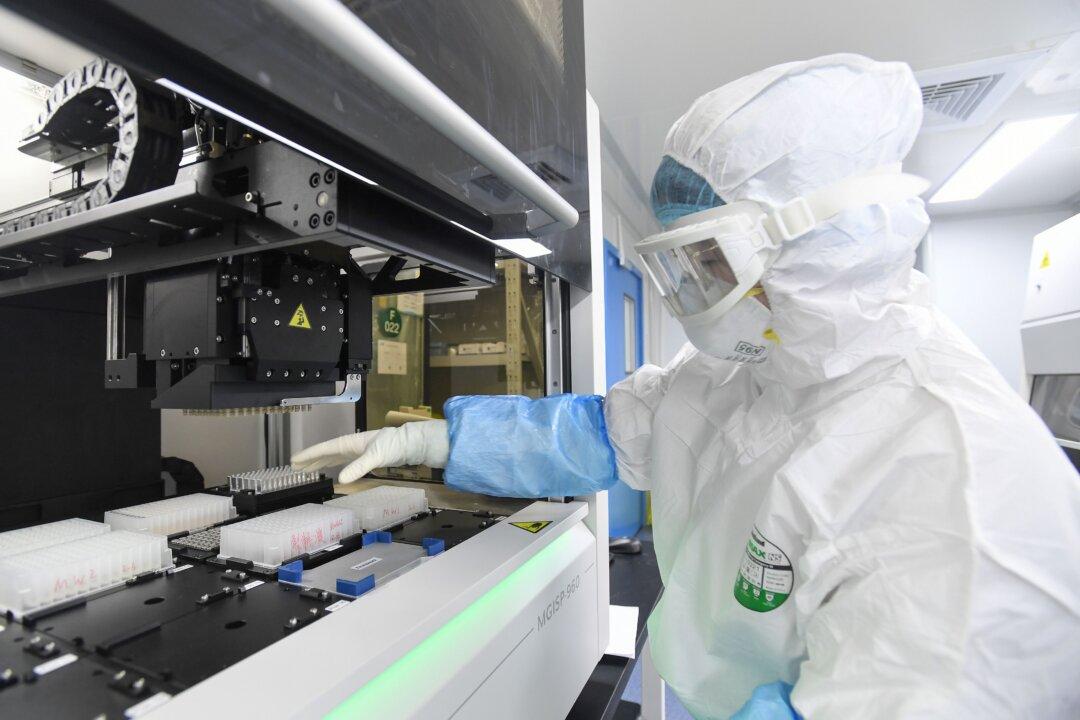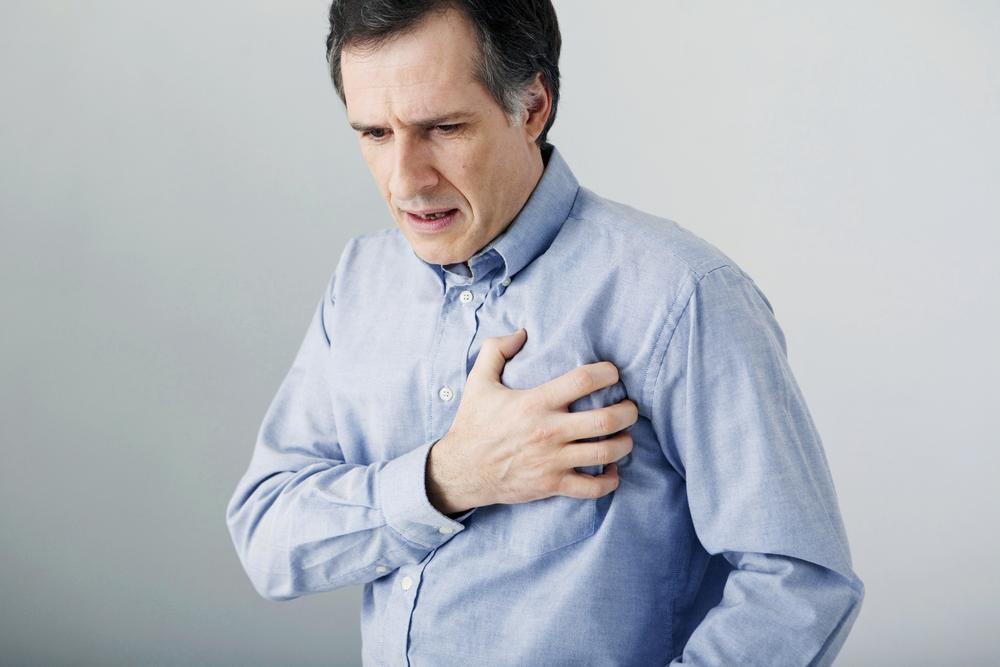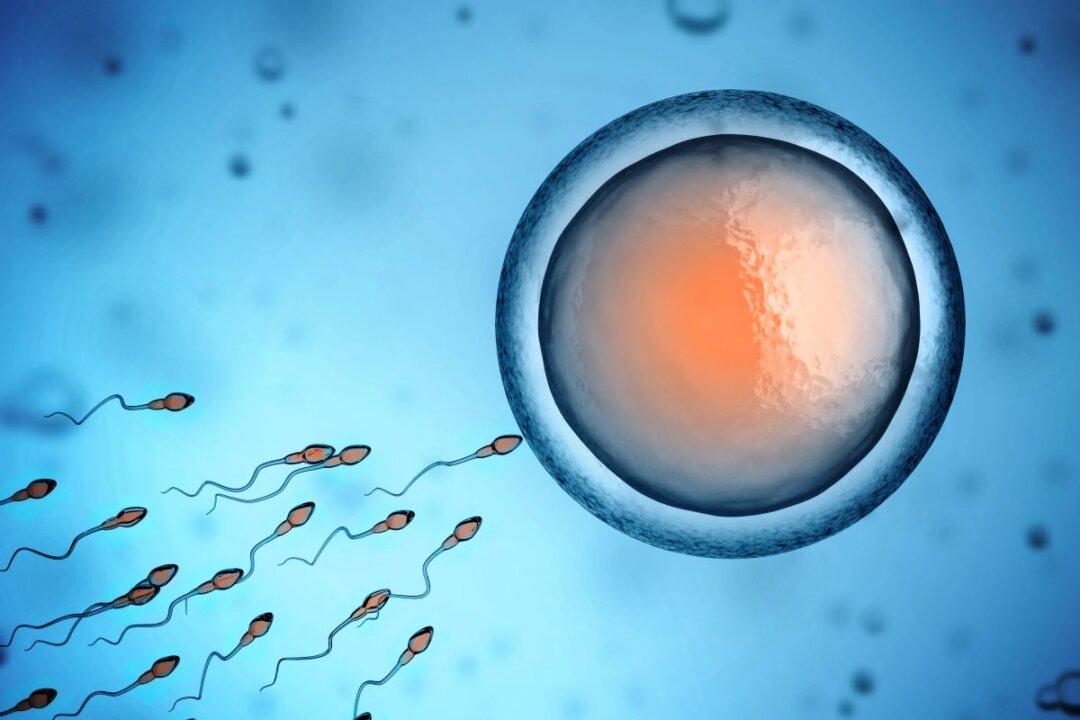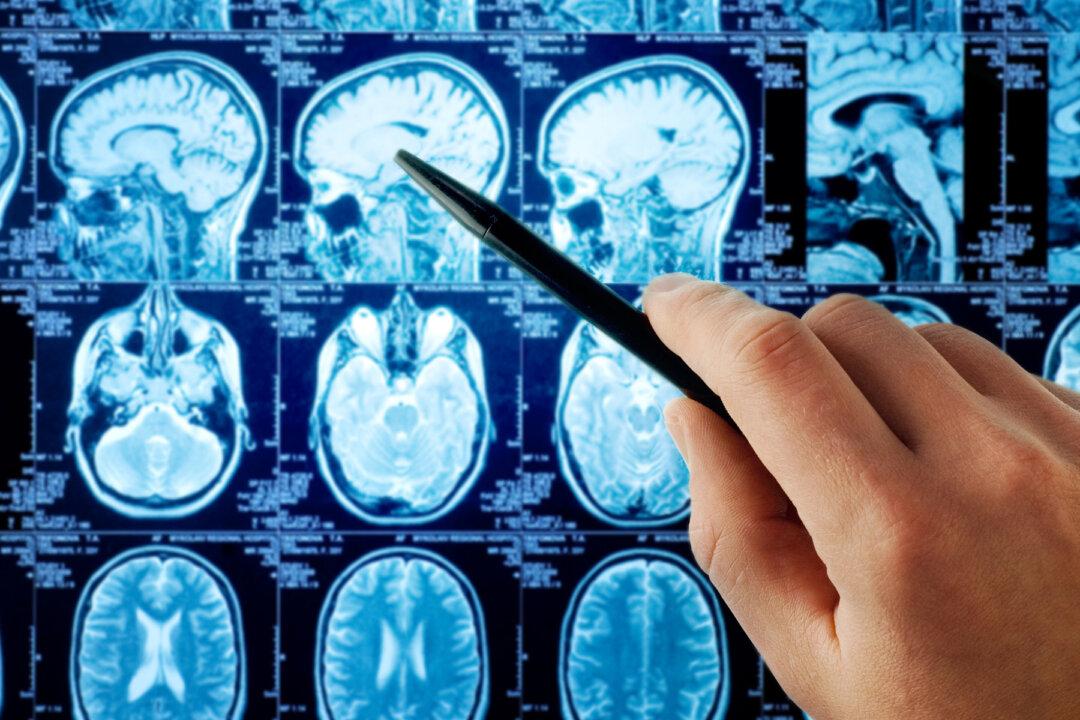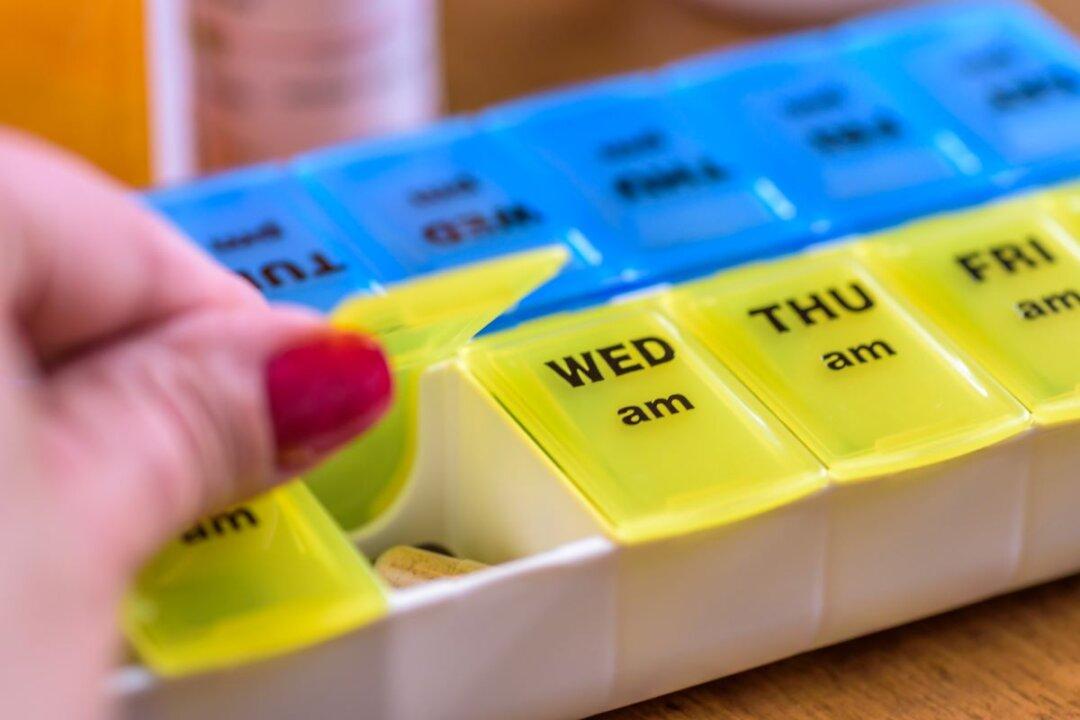Northern Territory (NT) authorities have said they will know if the source of the Katherine outbreak is linked to the growing second cluster there and the one in Robinson River after the results of genomic testing come back on Thursday.
This comes after the original outbreak was seeded by a 21-year-old woman from Cairns, who spent one night with a defence force contractor in Darwin before he travelled back to Katherine, infecting his housemates. The woman was found to have lied to authorities about a recent trip to Victoria, a known hotspot for the Delta variant of COVID-19, the Australian reported.
